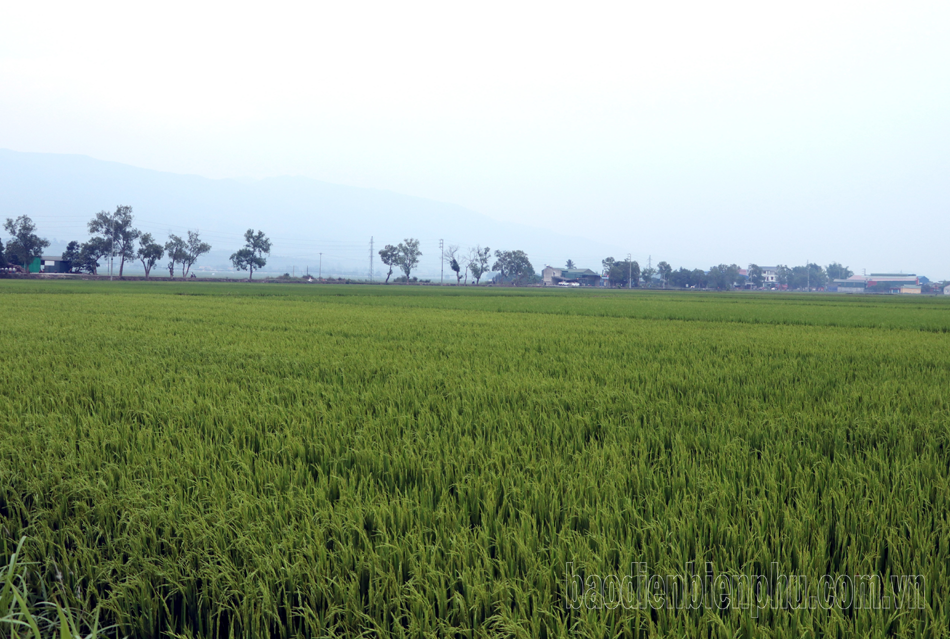
This year's winter-spring crop saw the entire province planting 9,820 hectares. Currently, early and main crop rice varieties are in the heading and flowering stages. Prolonged hot weather has caused water shortages for thousands of hectares of rice. Of these, over 360 hectares are severely affected by drought, posing a high risk to final yields. These areas are concentrated in the following districts: Dien Bien ( nearly 207 hectares); Tua Chua (100 hectares); Muong Nha (nearly 20 hectares); Muong Ang (nearly 20 hectares); Nam Po (nearly 12 hectares); Muong Lay town (25 hectares)...
Dien Bien district has the largest area of rice fields affected by drought in the province, with 137 hectares severely affected. The areas with water shortages are mainly in the following communes: Thanh Yen (43ha), Noong Luong (39ha), Thanh Hung (8.5ha), Pom Lot (7ha), Thanh Nua (23ha), Muong Pon (18ha), Thanh Chan (27ha), Nua Ngam (9.2ha)...
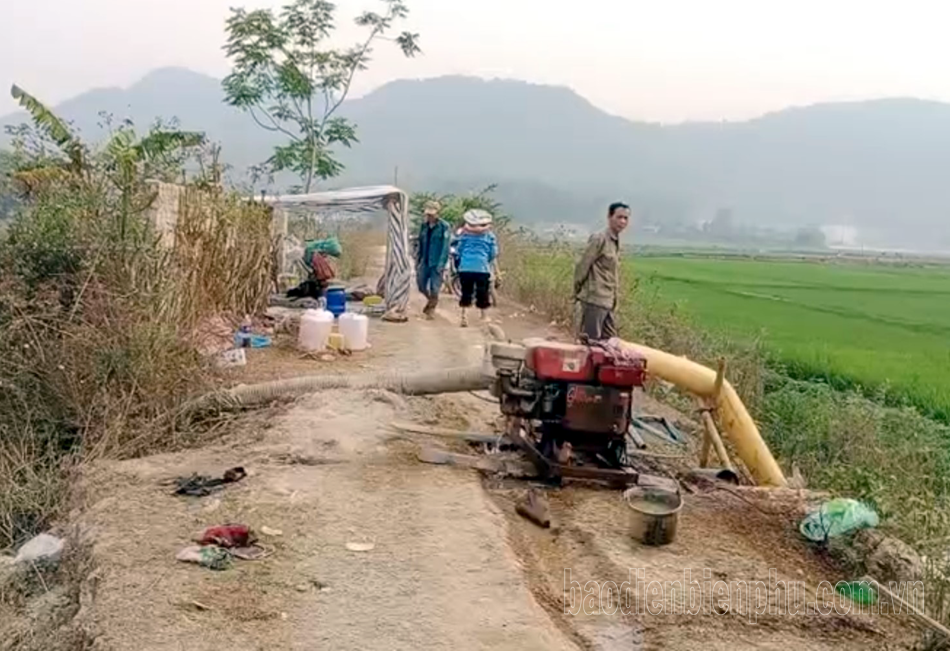
Mr. Chu Van Bach, Head of the Agriculture and Rural Development Department of Dien Bien District, said: The drought-affected areas are mainly located along irrigation canals and areas reclaimed by farmers for production. To combat the drought for rice crops, the Dien Bien District People's Committee has directed communes to coordinate with irrigation management units to use high-capacity pumps to pump water from ponds, lakes, and canals to the drought-affected fields to provide moisture, maintain the growth and development of rice plants, and wait for rain. In addition, the District People's Committee has coordinated with Dien Bien Irrigation Management Company Limited to prioritize water supply for rice fields at the end and up the canals to combat the drought.
These days, farmers in Lun and Lieng villages (Noong Luong commune) have to go to the fields from early morning to build dams, raise the water level in canals, ditches, and streams, and use mini pumps to pump water into the rice paddies that are starting to crack.
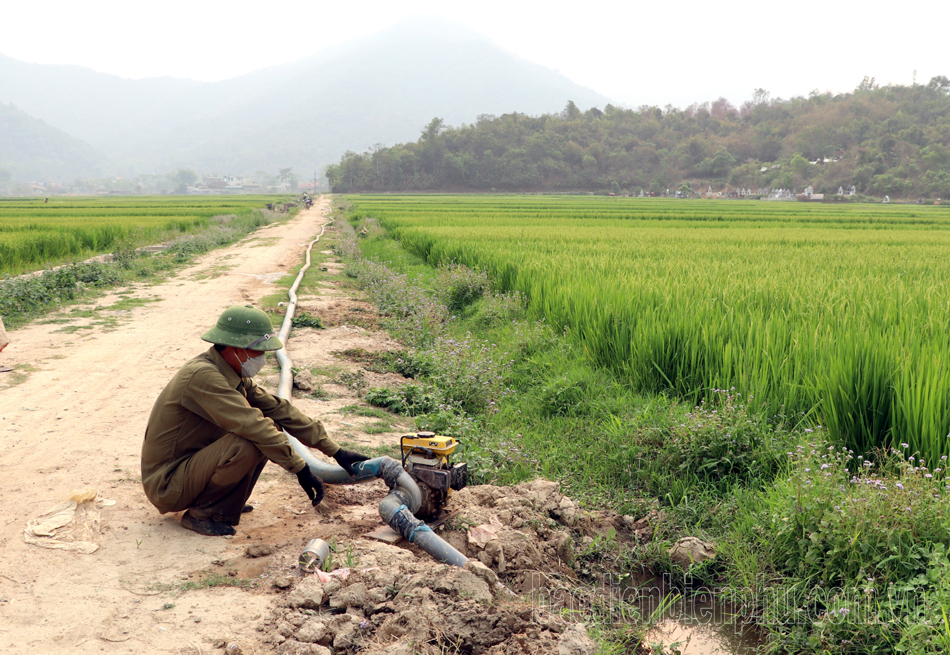
Having just finished installing a mini water pump and a nearly 50-meter-long pipe system in his rice field, Mr. Tong Van Thien from Lieng village said: "I built a dam here and waited for the water to rise for the past 5 days before I could install the pump. This season I planted 3,000 square meters of rice. Currently, 2/3 of the area is dry, and the fields are cracked. Fortunately, the fields are all near the irrigation canal system, so I can still install the pump to irrigate them. Many households in the village cannot pump water because their fields are far away, and the pump's capacity is not enough to push water to the fields, so they have to wait for the rain. Pumping water costs 200,000 dong per day in fuel. If this situation continues, the rice yield will be affected, and the profit at the end of the season will be negligible compared to the costs and effort put in."
Mr. Tran The Hoan, Chairman of the People's Committee of Noong Luong commune, said: "The commune's drought prevention measures for rice crops have been implemented since the beginning of March. From March 8th, the People's Committee of Noong Luong commune used high-capacity pumps to pump water from ponds and lakes in the area into the canal system. Then, farmers blocked the flow and used smaller pumps to pump water into the fields. For more than a month, the government and people have been rotating irrigation to maintain the growth rhythm of the rice. However, due to the prolonged hot weather, the small reservoirs in the commune and in people's homes have all run dry, forcing the People's Committee to stop pumping water to combat the drought."
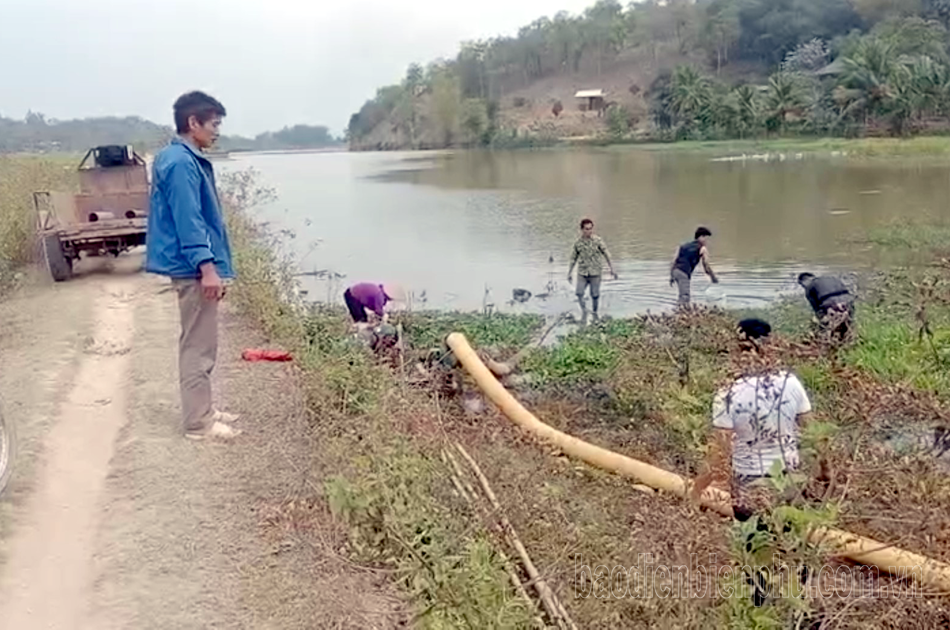
Dien Bien Irrigation Management Company Limited currently manages 34 irrigation reservoirs, dams, and pumping stations. The company is actively coordinating with local authorities to regulate water levels and combat drought for rice crops.
Mr. Le Van Thi, Director of Dien Bien Irrigation Management Company Limited, said: To date, basically all the irrigated areas managed by the company have sufficient water for rice cultivation. Only Song Un reservoir (Tua Chua district) does not have enough water and is currently at dead water level. Song Un reservoir is responsible for irrigating 30 hectares of rice in Tua Chua town and Muong Bang commune. To combat drought, the company has installed pumps to pump water from the bottom of the reservoir into the irrigation canal system to moisten the rice fields. In Dien Bien district, the company is currently lending four large-capacity pumps, including three to Sam Mun commune and one to Thanh Luong commune for water pumping.
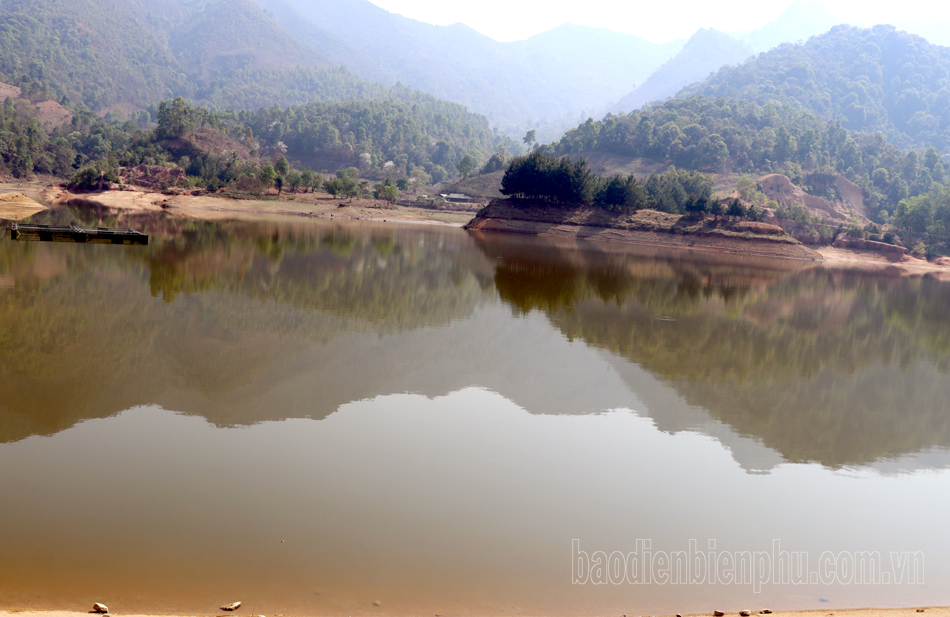
According to forecasts from relevant authorities, the average temperature from March to May in Dien Bien province will be 2-3°C higher; at the same time, rainfall will generally be 5-15mm lower than the same period last year. Therefore, localities need to actively implement drought prevention measures for rice crops, minimizing damage caused by drought.
Source












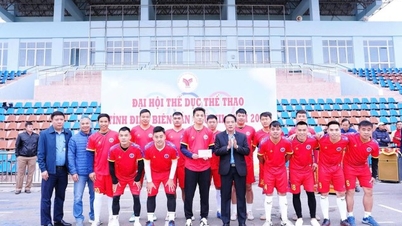
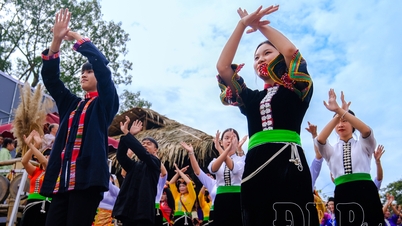















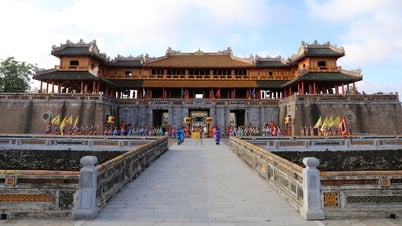



































































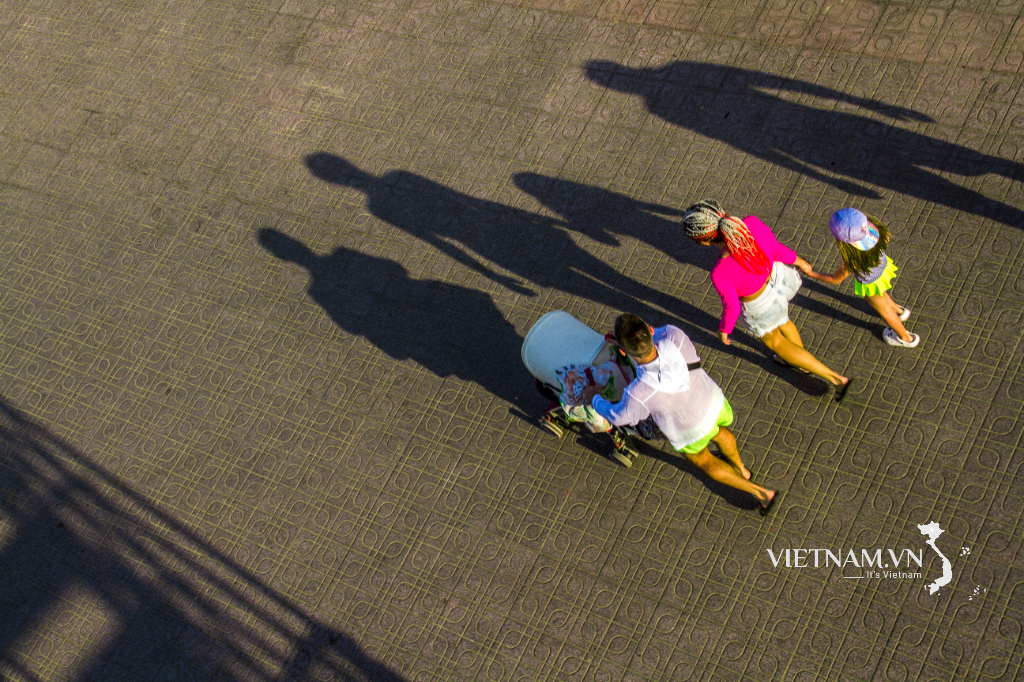



Comment (0)